At our nine-month-old son’s follow-up appointment (one week after being discharged from the hospital to treat a respiratory infection), my wife and I wanted to try and start ticking some things off of our own health/ medical lists. I’ve been needing a typhoid booster since we arrived in Laos and, due to Lori’s visits to the field and both of us wanting to spend more time in rural areas, hiking, exploring caves, etc., it’s been strongly recommended that we both get the Japanese Encephalitis (JE) vaccine.
Important
This is a personal account based on our own experience and layman’s understanding of a very complex issue. Our only intent here is to share our experience with others, particularly those who may find themselves in a similar situation. Nothing here should be taken as any sort of medical advice or cited as such. If you are breastfeeding and thinking about getting the vaccinated, please consult a health care provider with deep knowledge of the vaccine and your particular circumstances.
What is Japanese Encephalitis?
Japanese Encephalitis is a viral disease that is spread by mosquito and is most prevalent in Southeast, South, and East Asia. While chances of getting full-blown JE are low, it’s a nasty disease you don’t want to get. The disease wreaks havoc on your brain and neurological system, and mental retardation is often developed. That’s if you live.
Oh, and did I mention that there’s no cure?
With that said, the chances of contracting the disease are next to nil if you spend all your time in urban areas, as the virus is not transmitted from human to human. However, domestic pigs and wild birds are reservoirs for the virus, and the virus is spread much in the same way that dengue and yellow fever are—by certain types of mosquitos. Laos is a predominately rural and agrarian country, so if you’re living here and plan to spend time outside of urban areas, it generally makes sense to get vaccinated. The vaccine is well-tolerated, low-risk, and highly effective for most recipients.
So getting the vaccine for people like us is a no-brainer, right? Well, unless you are one of those people who the vaccine is not supposed to be given to.
Breastfeeding moms are explicitly stated as such on every info sheet related to Imojev.
But we didn’t know that beforehand, and apparently, neither did the medical staff that administered the vaccine to us.
Ahh, Crap.
It had been a pretty crazy week back home, following a week of hosting visitors, then spending the next four days in a hospital across the border in Thailand. Lori and I were so focused on the results of Noe’s follow-up doctor’s appointment and receiving a clean bill of health for him that it hadn’t even crossed our minds to read up on our own vaccines before hand—after all, they were very common interventions and recommended by the WHO and CDC for people like us and we’ve each had about a dozen jabs in the past without incident.
In hindsight, of course, I kick myself for not doing a quick read on the vaccine, which would have saved us a ton of hassle.
With that said, there’s no reason why the vaccine should have been administered to Lori in the first place.

Not one of the three health care providers along the way (the physician who examined Lori, the pharmacist who prepared the vaccine, or the nurse who administered it) blinked an eye before giving the live, attenuated virus vaccine, to a breastfeeding woman.
Lori was even breastfeeding Noe while she received the injection!
This was infuriating once we learned that the World Health Organization (and even the vaccine’s manufacturer) stated quite clearly that the vaccine should not be given to breastfeeding mothers. After all, it wasn’t like Lori was in the high-risk category for JE transmission and absolutely needed the vaccine now. We were just doing what we were supposed to do to mitigate potential future risk here in Laos in the long term.
We were clueless about the breastfeeding warning, and likely would have remained so if I hadn’t gotten curious.
Several hours after both receiving our jabs, I was updating our vaccine records on the computer when I got to the field labeled “Next Dose Date.” Oh yeah, I thought, Japanese Encephalitis is probably a multiple dose vaccine. Which begged the question: When were we due for our next dose? We hadn’t received the one-page info sheet that we typically receive in the U.S. and no one at the clinic said anything about a follow up.
So…I looked it up.
According to the info on our yellow card, we had received Imojev, which turns out is different from the multi-dose vaccine they administer in the U.S. I learned that Imojev is the JE vaccine of choice in Asia and it’s a one-dose affair. Obviously, that made me feel better, but what I read next did not:
Under the section “Who Should Not Receive IMOJEV,” it clearly states “if you are breastfeeding.”
Crap.
Getting Answers
The next 72 hours were a crazy, messed up clusterfudge of trying to communicate with the clinic that administered the vaccine, International SOS (our insurance company) in both Bangkok and Paris, and health care professionals back in the U.S., over three time zones 5-14 hours apart, in multiple languages and varying English proficiencies, and a variety of perspectives on medical research and risk—all the while, trying to figure out what to do with Noe and the dwindling stockpile of pre-Imojev breastmilk in the freezer.
Throughout the ordeal we also received a first-class education in the mechanics of vaccines and how they impact different parts of the body, and ultimately a breastfeeding baby.
We had a lot of questions to answer—Why should breastfeeding mom’s not receive Imojev? What are the specific risks to breastfeeding baby? What evidence is there to support this warning/recommendation? Why was Lori knowingly administered the vaccine at the clinic in the first place? Is this common practice in this region? What types of issues have been reported?
What About Noe?
In the midst of all of this was the most obvious and immediate question—what about breastfeeding Noe? While Noe has been eating more and more solids, he is nowhere near being fully weaned—still consuming about 25-30 ounces of breastmilk per day—and Lori hadn’t been planning to stop breastfeeding any time soon.
From the get-go, we knew it would be at least 72 hours until we had enough information to make a decision about whether or not Lori could continue breastfeeding. Until then, we knew she was going to have to stop—cold turkey—and “pump-and-dump” until we got this all sorted out. We had a stockpile of pre-vaccine frozen breastmilk that we could give Noe, but only enough for a couple of days. I did some calculations and figured out we could cut the milk with formula and be okay…if he’d take it.
In Noe’s entire life, we’d only tried formula once, and it was a disaster. It was our first day in Belgium before arriving in Laos and Lori’s first day on the job after Noe was born. Due to the long flights from the Western U.S., we weren’t able to bring any breastmilk with us, so we had no other choice but to use formula that day. Noe simply wouldn’t take the stuff. In hindsight, we should’ve tried it back in the States before leaving for Belgium, but time got away from us. So, here I was with a hungry three-month-old in a hotel room in a foreign country who wouldn’t eat. He eventually got hungry enough and took some of it. The next day, we were able to mix it with breastmilk and he took it, but unenthusiastically.
After Belgium, we didn’t use any formula for the next seven months…until now.
To make matters worse, the preliminary information coming in was inconclusive, and it was becoming evident our 72 hours would be stretched into four or five days. Even supplementing with solids and cutting the milk with formula, 50/50, we simply wouldn’t have enough breastmilk for that amount of time. He was going to have to have 100% formula at some point.
So, I saw Lori off to work and waited for Noe to get hungry. I prepared a bottle of 100% formula and crossed my fingers. Luckily, he gulped the entire bottle down. To say I was relieved is an understatement. He took it the rest of the day, but at night, however, he wouldn’t take the formula, making for a very long and sleepless night for all of us. In the end, we did a 50/50 mix at night and he took it. I recalculated based on what he would take and what we had left on hand, and it bought us five more days before either he’d [hopefully] be back feeding on mommy, or he’d have to be on formula with the plan to wean him entirely to solids as soon as possible. That would give us a week from when Lori received the Imojev vaccine. We hoped it would be enough.
Lots of Info, but Few Clear Answers
I will say here that International SOS was great. Their medical staff treated the matter seriously and were able to round up a variety of perspectives on potential risks and solutions from medical professionals and even the drug’s manufacturer. And just to be clear, this blog is in no way affiliated with ISOS (but after our experiences with Noe’s hospital stay and this issue, I’d certainly recommend them—particularly the folks in their office in Paris).
Still, due to the murkiness around this vaccine which has only been around since 2012, there were no clearcut answers and we ultimately had to make the best decision for Noe and for us based on a variety of perspectives, but not a lot of consensus in the medical community.
What made this all so challenging is that, to date, no solid evidence exists to support whether Imojev is safe or not for breastfeeding moms (and subsequently, breastfeeding babies). The vaccine is produced by a leading global vaccine manufacturer and went through the proper trials before being made available to the public, so the drug’s legitimacy was not the issue either.
Given the unambiguity of the warning on the vaccine information sheet, I expected to find a dozen news stories online related to JE infection via breastfeeding. Yet, after an exhaustive search, I didn’t find a single one.
In fact, numerous medical professionals we consulted throughout the ordeal also had no knowledge of a single documented case to date of a breastfed child becoming ill with JE following the mother’s vaccination.
From what I could gather, the warning was put in place in part by a handful of well-publicized cases involving breastfeeding babies who became ill from mothers who had recently received the Yellow Fever vaccine, not a Japanese Encephalitis vaccine. It is my understanding that the Imojev vaccine uses a nearly identical process as the Yellow Fever vaccine to immunize against JE, but still, they are different viruses and different diseases.
Ideas on how long to wait before resuming breastfeeding varied tremendously. Some thought 36-48 hours after vaccination (when the attenuated virus is no longer at its most potent in the body) may be sufficient. Others believed 7-14 days, just to be safe. And still a couple even recommended not continuing breastfeeding, based on the most conservative interpretation of the manufacturer’s recommendations.
Making the Call
Due to the murky waters we were wading through, none of the health care professionals we were in contact with were able to give us clearcut recommendations—but there was a lot of reading between the lines, and we knew it would ultimately come down to our own best judgment.
For us, it helped to understand a bit about the way the vaccine worked.
Imojev is a live, attenuated virus vaccine, which is significant in itself. What this essentially means is that the vaccine works by introducing a live, but significantly weakened version of the virus into the body. The virus is at peak strength in the first 24-48 hours after entering the body, until antibodies are created and adapt to fight the specific virus, which then ultimately defeat the virus and produce active immunity to future infections.
There has been no clear evidence that the virus in the vaccine is potent enough to cause any harm in a breastfed baby after being metabolized and made into milk, or that the virus is even passed through breastmilk in the first place (though it is widely believed that it is to some extent).
Additionally, there hadn’t been a single recorded or widely reported case in which a breastfed baby had become ill with JE following the mother’s vaccination.
Furthermore, health care providers in Southeast Asia begin administering Imojev as early as nine months in high risk cases. Noe had just turned nine months. If he was old enough to receive the full vaccine, himself, why wouldn’t he be old enough to receive a much weakened version of the same thing via breastmilk?
After everyone connected with the case had weighed in, I sent the following email to Lori, which encapsulates our ultimate thinking process in all of this:
So what are we talking about exactly? Are we really turning our lives upside down for the [undocumented, unresearched, and unsubstantiated] off chance that Noe will somehow fall ill to an infection where severe illness results in 1 in 250 of those infected from a full-strength, virulent pathogen, on the apparently much lower chance that the pathogen that you received (whose virulence has been drastically diminished via attenuation) might do some level of harm after its been processed into/ passed through breastmilk and ingested by a nine month old, who is old enough to receive the actual Imojev vax on his own—not to mention that your body has already been fighting the “harmless and less virulent” pathogen for over 48 hours and has built up antibodies which have further decreased the virulence of the invader. Thoughts?
The Fallout
In the end, after a very long, stressful and uncertain week, we made the decision for Noe to resume breastfeeding after seven days. It was a difficult decision, but clear in our eyes. We weren’t willing to give up the health and lifestyle benefits of breastfeeding for the off-chance of JE infection (based on no known medical evidence) and in consultation with numerous health care professionals and experts, literally around the world.
In the meantime, feeding Noe was a constant struggle, as he was getting hungry more often (than when he was being breastfed) and waking up frequently in the night. Lori was in an almost constant state of pain from her pump not being able to keep up with the production levels that had been established previously by Noe. And the stock of frozen breastmilk that had taken Lori several months to build up was completely wiped out in a week, making everything even more challenging once Noe was breastfeeding again and Lori was back at work.
As for the health care providers at the clinic, they were held accountable to the extent that is possible here in Laos under the circumstances. The director of the hospital system was in direct contact with Lori, scrambling to find solutions. The consultation and vaccine fees were reimbursed (though our insurance would have reimbursed them anyway), and the director offered a formal apology, taking full responsibility for any future adverse outcomes resulting from the negligence of her staff and promising that the staff involved would be appropriately reprimanded and receive additional training regarding Imojev.
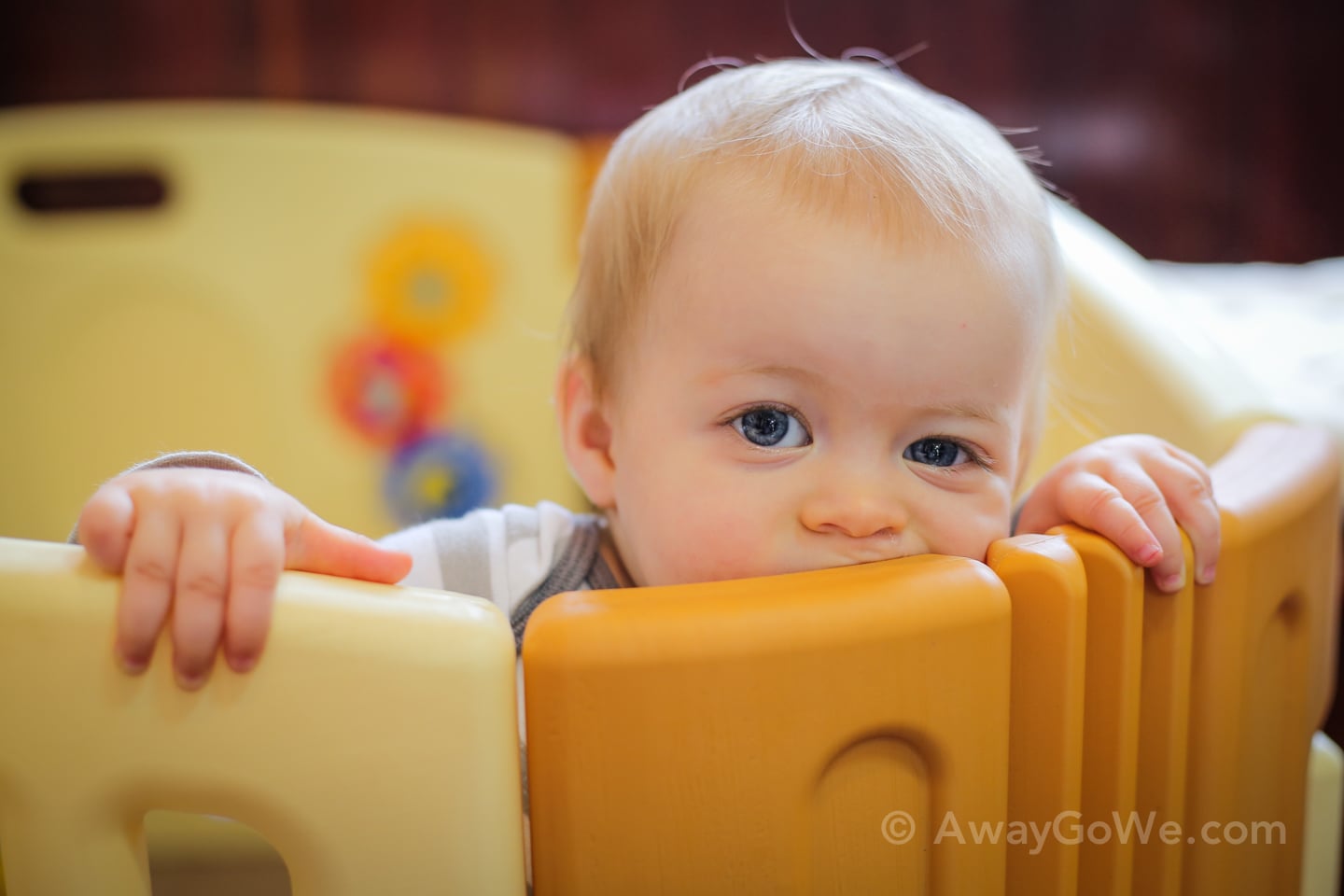
Update: 19 May 2017
It’s been six weeks since we resumed breastfeeding with Noe. We were able to get back into our old routine within a matter of days and Lori has largely replenished her stockpile. Her pain completely subsided after the first week of breastfeeding. Noe is well out of the 5-15 day window between the time of potential infection and the time when he would be showing related signs and symptoms—and thankfully has not shown any signs or symptoms related to JE. He is due to receive his own Japanese Encephalitis vaccination within the next month, per official recommendations for most children his age living in this region.
Resuming breastfeeding in spite of no clear answers was one of the toughest decisions we’ve had to make. We realize that if faced with similar circumstances, others might have taken a different path, and that’s fine too. We also realize that a lot of people wouldn’t have chosen the life we’ve chosen for our family. What our journeys and experiences have taught us is that the safe choice is not synonymous with the best choice—and while safety and security are factors in our decision-making process, there are, in fact, numerous other factors that go into making the right decision for us, each deserving proper consideration.
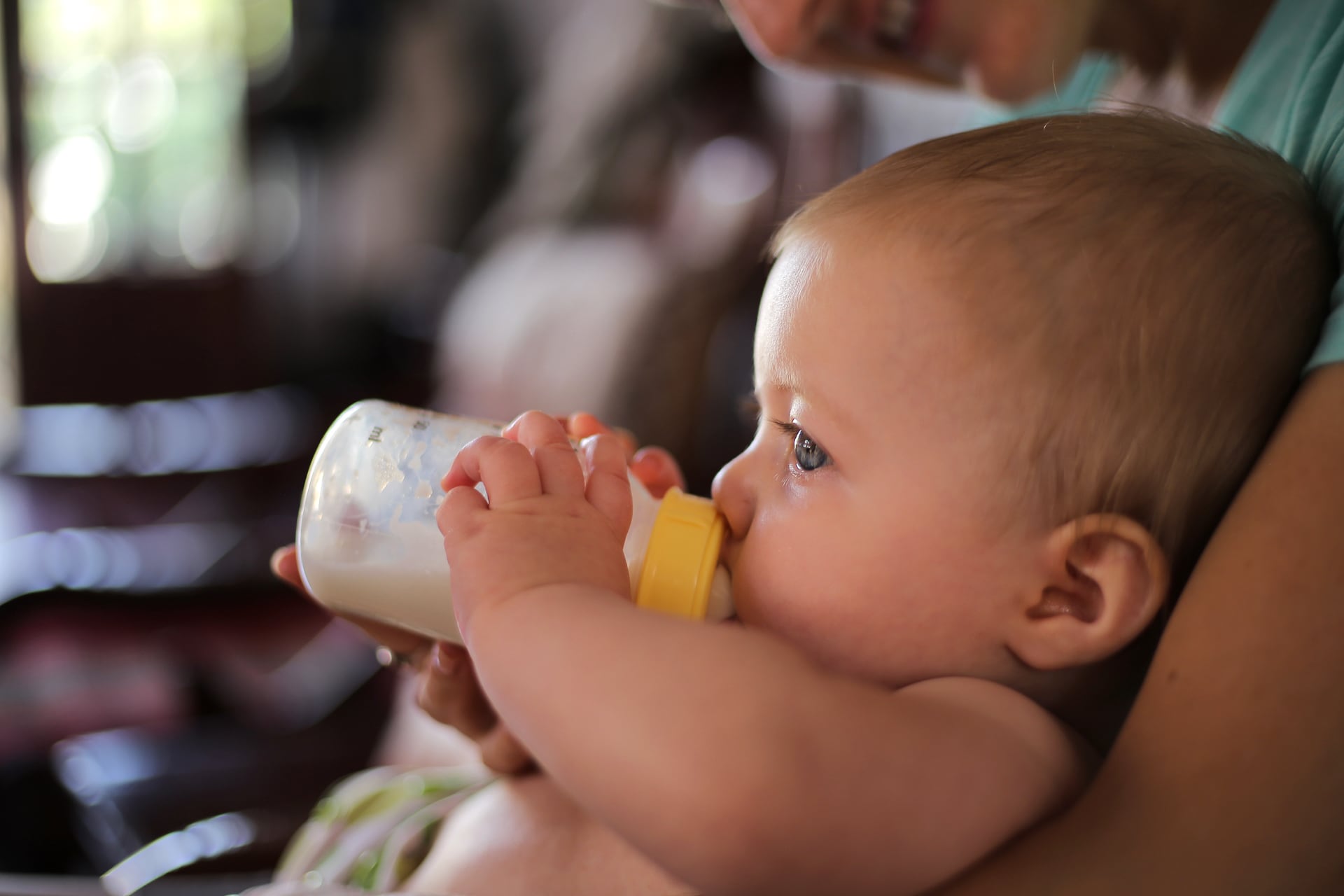
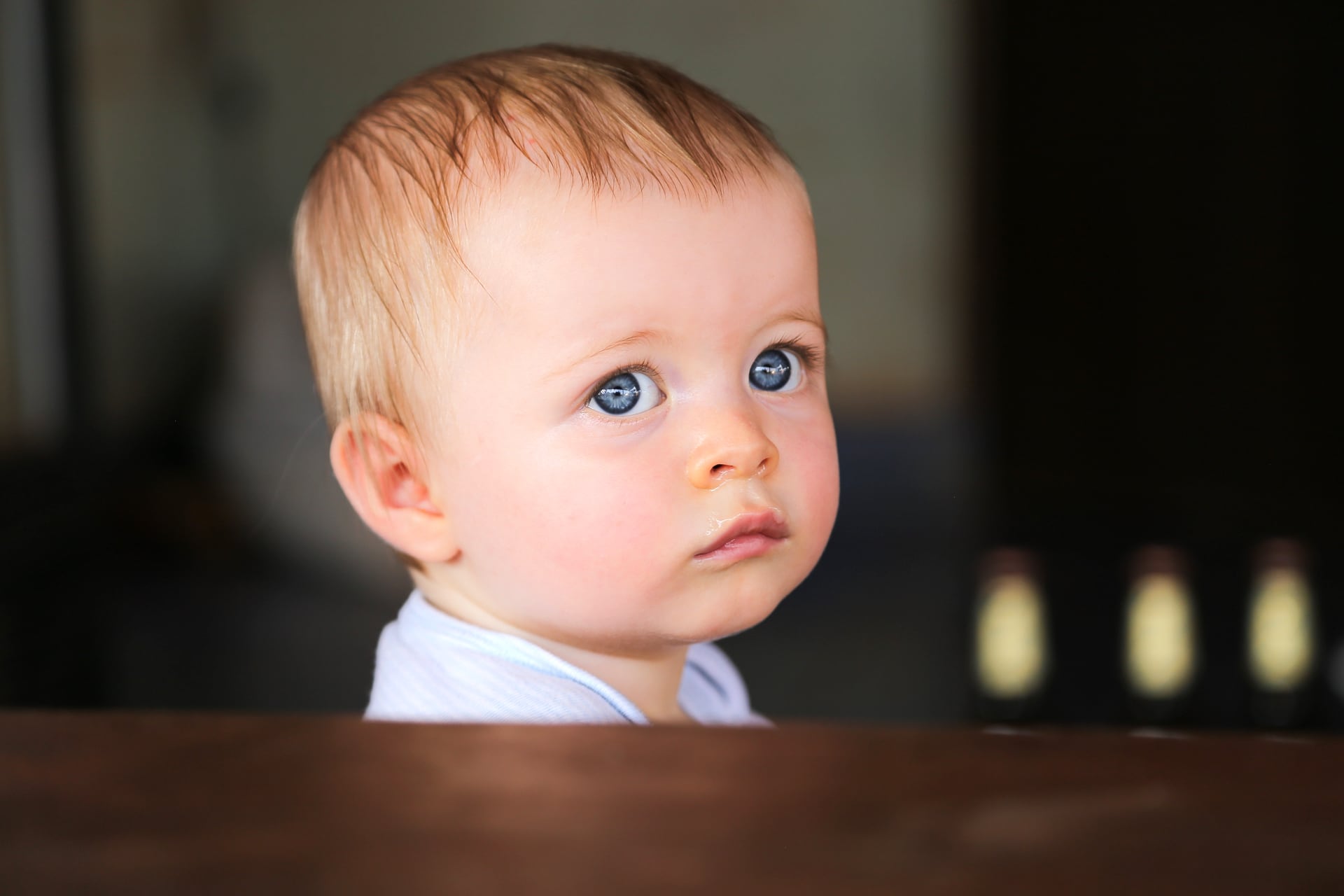
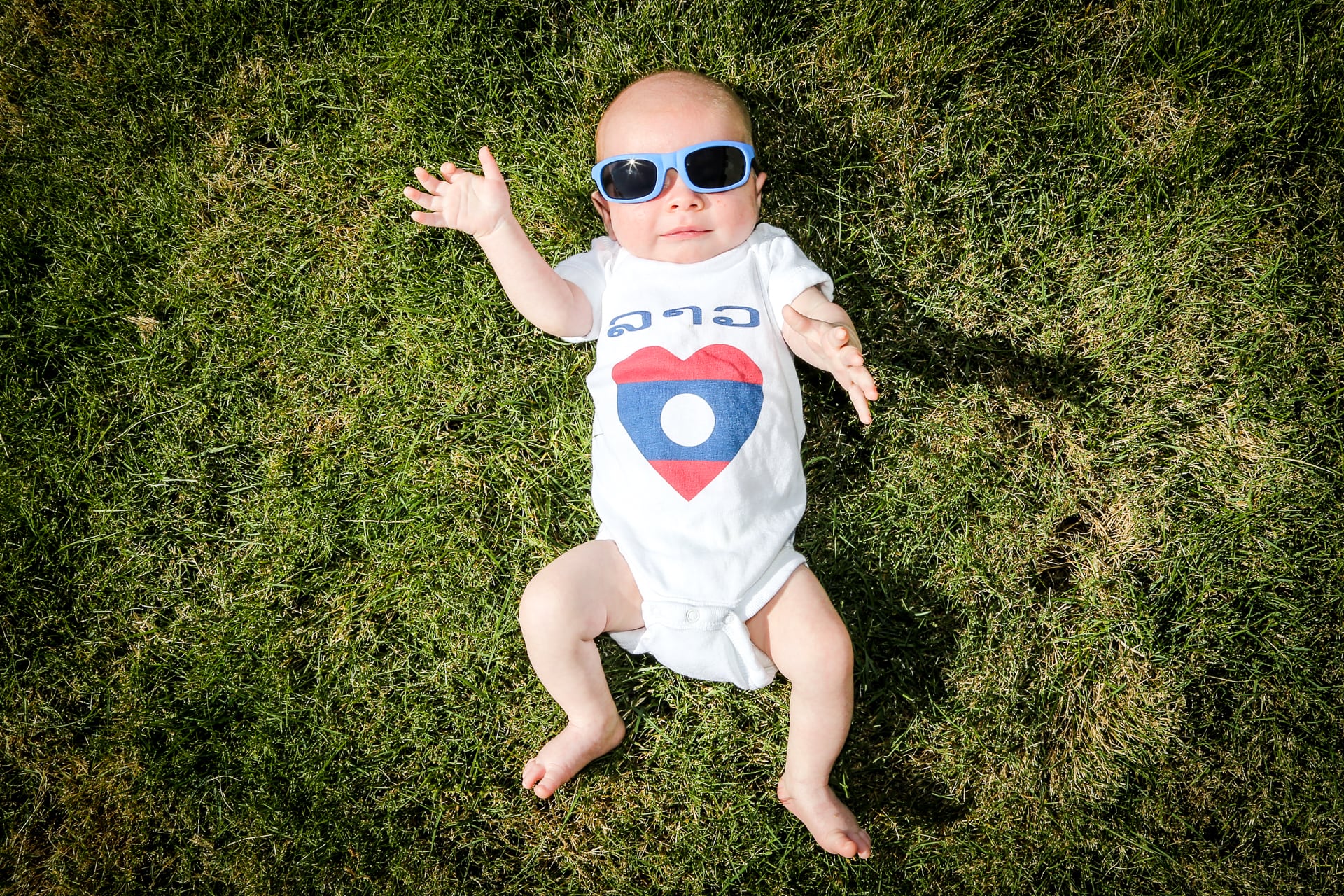
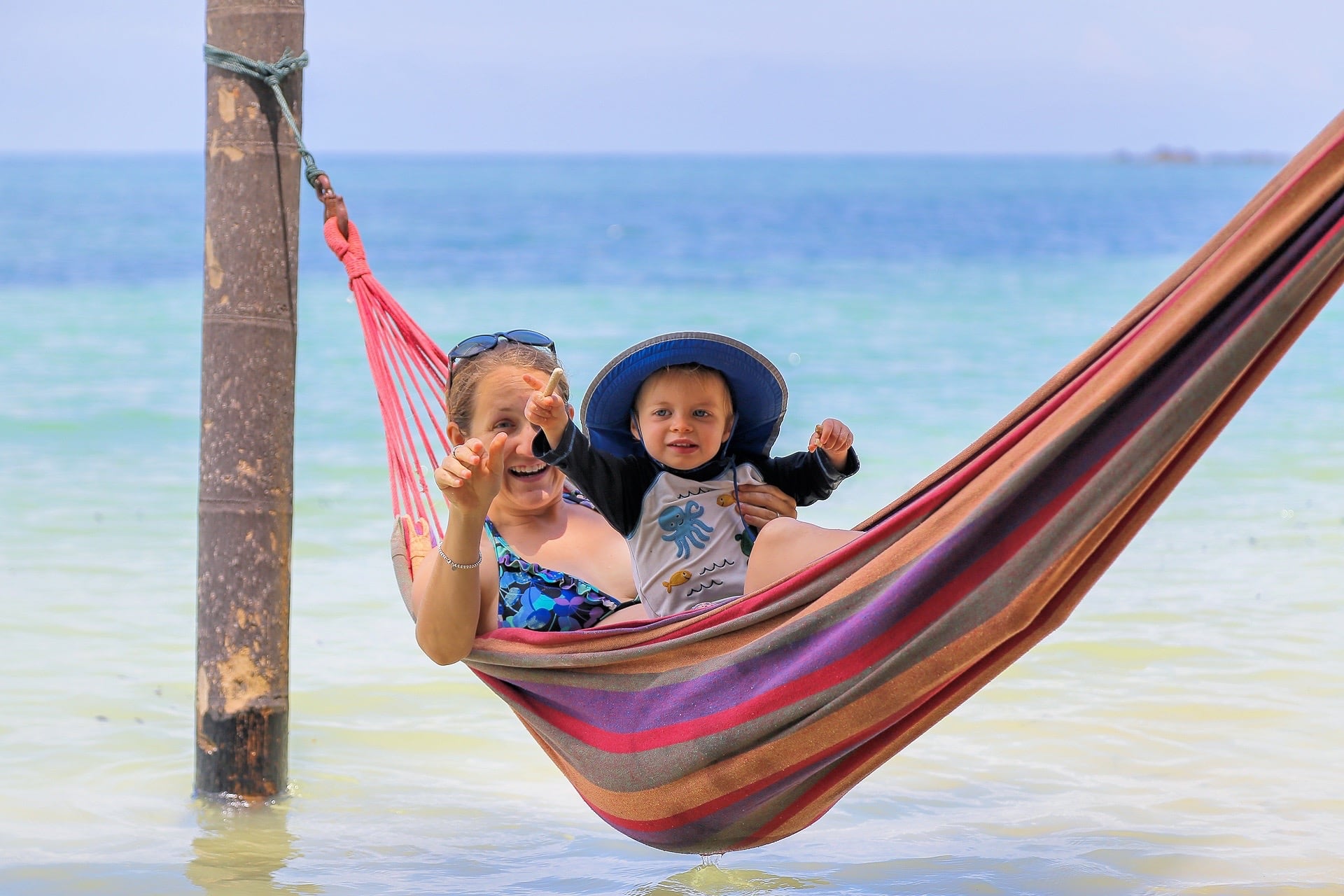
Thank you so much for sharing about this horrifying experience. We are so thankful that you all, and especially Noe, are ok! What a great description about lifestyle choices and hard choices- we love you guys!
Awe, thank you! We love and miss you guys and look forward to our next reunion on this side of the globe!
So happy to hear there was a happy outcome to this frightful experience
Noe is such a beautiful little boy, for his tender age, he has experienced already a lot of challenges
Take care , sending you much love and may God watch over you always.
Much love, GM/T/GGM
special hugs for Noe. 🙂
Awe, thank you very much! We appreciate your message. Noe will love some GGM snuggles this summer!
I appreciate the window into your careful, loving, worried but admirably logical thought processes, David. Obviously, Noe’s got good parents who love him very much. Even here in the Monterey Bay area, we’ve run into issues like this from time to time (I breastfed both boys for two years). The pattern of shock, questions and not completely satisfactory answers was very familiar to me. Breastfeeding is so good for mother and child . . . I’m glad your careful process led you to be able to continue it. Now . . . it’s time for some smooth sailing for the Baxters! 🙂
Thanks Laura, we are so ready for some smooth sailing! 🙂
David, Thanks for the full update, WHAT an experience for everyone. Thankfully everything has worked out. Our ongoing prayers of care for Noe and his parents have been answered.
Enjoy the day and the young man, once again excellent photos.
Gramps
Thanks Gramps!